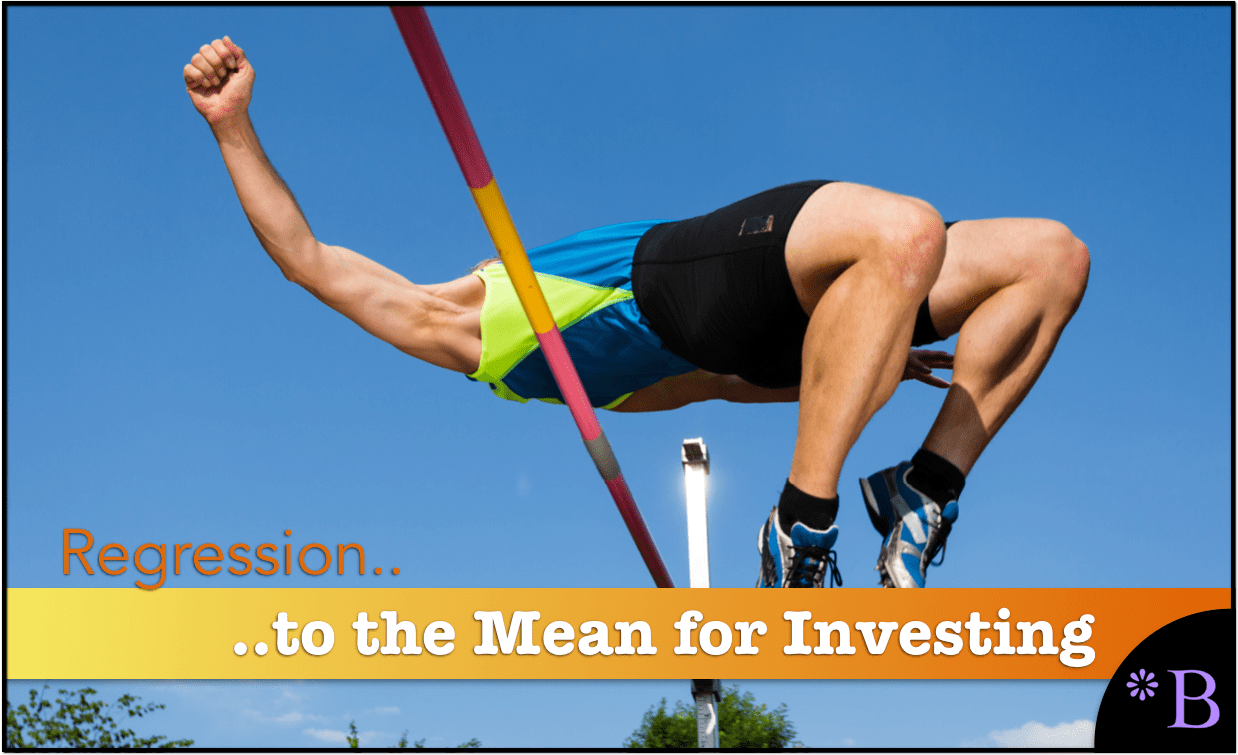Using Regression to the Mean for Investing
Executive Summary
- Regression to the mean is a statistical phenomenon that can be used for investing.

Introduction
Regression to the mean is generally not used by investors to made investment decisions. This is because people in general and investors tend to use have the recency bias as a far greater influencer on their decision making.
Recency Bias
Before getting into regression to the mean it is important to review recency bias. This is explained in the following quotation.
When it comes to investing, recency bias often manifests in terms of direction or momentum. It convinces us that a rising market or individual stock will continue to appreciate, or that a declining market or stock is likely to keep falling. This bias often leads us to make emotionally charged choices—decisions that could erode our earning potential by tempting us to hold a stock for too long or pull out too soon.
https://en.wikipedia.org/wiki/Recency_bias
When it comes to predicting stock market trends, recency bias is an investor’s worst enemy.
Human beings have a tendency to assume that whatever has been happening recently is more likely to continue happening, solely because it’s fresh in their mind. Or, in the case of individual stocks, investors place too much weight on what recently happened when making investing decisions.
https://medium.com/the-investors-handbook/how-recency-bias-can-make-you-a-lazy-investor-d17f3e562c93
Regression to the Mean
Regression to the mean is the opposite of recency bias. Regression to the mean is the tendency of trends to backtrack. For example, when an asset bubble pops, it regresses to the mean, and normally does not begin its upward tick for some time after the bubble pops.
Regression to the mean is described as follows.
The conditions under which regression toward the mean occurs depend on the way the term is mathematically defined. The British polymath Sir Francis Galton first observed the phenomenon in the context of simple linear regression of data points. Galton[5] developed the following model: pellets fall through a quincunx to form a normal distribution centred directly under their entrance point. These pellets might then be released down into a second gallery corresponding to a second measurement. Galton then asked the reverse question: “From where did these pellets come?”
https://en.wikipedia.org/wiki/Regression_toward_the_mean
Conclusion
When selecting ETFs, there are cycles in assets and subcategories within assets. This means that EFTs can be selected that have been poor performers for a year or several years.